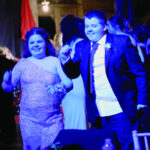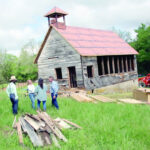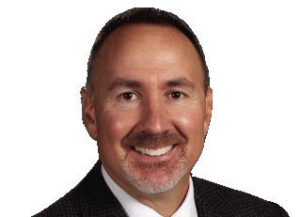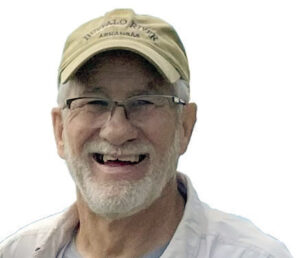For the 76th year since football returned to the Cassville campus, the Black and Gold will be resuming play on the third athletic field for the R-4 schools. There is a new coach at the helm with the history of this squad yet to be written.
That 1946 return after WWII — to play on a field that had been a rodeo arena, softball diamond and general playground — was after businesspeople and former athletes became uneasy that there was no Wildcat football for the athletes and probably their own entertainment.
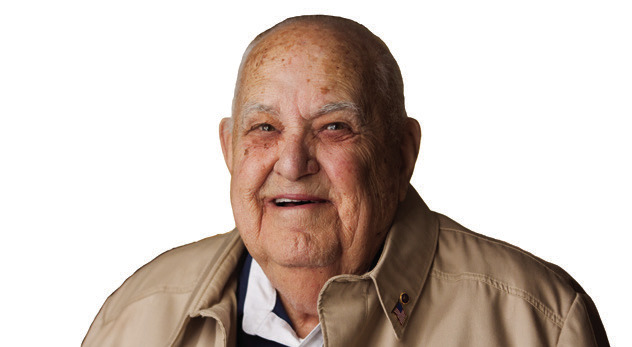
There were money problems in those days with the board of education not generally favoring any expenditure required to outfit a new football team.
Hats were passed, businesses chipped-in aplenty and those on the board not in favor of the new sport for the Wildcats began to see the light.
For some reason or other, shipment of the uniforms was delayed, with outfitting taking place on the back porch of the old cafeteria building, just a few days before practice sessions were to begin.
The coach that initial year was Bernard O. Vermillion, a native of Seneca. He was just out of the Army Air Corps and frequently wore at least part of a uniform when teaching a class or minding a study hall.
Few of the team members are still living today. The last I knew, Calvin Holman, Francis Mathis and myself.
The lineup, usually from left end included Glennon Horner, Jack Hutchens, Holman, J. D. Cox at center, several played right guard, Mathis and me.
The backfield crew was led by running back Leonard Stansberry. Chuck Purdom, Chuck Williamson, and a number of others on and off the field.
Stansberry was by far the best athlete of the bunch. He later became the top enlisted communications person on Air Force One. He died at a local motel while here for a family funeral.
The first game for the new team was at Crane, which was a loss. But the second game at home with Pierce City, was a win, as were nearly one half the schedule.
Disaster hit in the final game when an official from Sarcoxie, whom we were playing, was injured by a player and spectator.
This incident cancelled the remainder of the season, after playing nine games.
Visiting with some boosters of the CHS Alumni group, they suggested William Reno, the first from Cassville to attend an Armed Forces Academy. His career took him to three star general rank and many important duties.
He is the son of the Sig and Carrie Reno of rural Cassville, and his sisters were residents of Springfield.
Visiting with Bruce one time, he said he had encountered an engineer in the space industry who knew Reno, calling him, “one of the finest officers he had ever known.”
This same assessment was received whenever his name came up.
The last we heard about Reno, he was president of a university back East.
Acquiring this caliber of speaker for Alumni meetings in the spring is a good approach to breathing some life back into the group.
Early this month, the 38th Hillbilly Golf Tournament was apparently successful. Designed to recognize local industry, the purpose has slipped considerably, but over the years lots of folks have heard or gotten their first glimpse of Cassville through the event.
Initiated by the Industrial Development Authority, there is a scramble these days to be involved, thinning the list of industry players. Departure of Justin from west Cassville knocked a big hole in the promotion.
The first Cassville course came into being in early depression days of the 1930s, located on North Highway 37, now owned by Mike Carr, where the rodeo arena is located.
There was not much preparation and very little maintenance. This effort was truly Cow Pasture Pool.
Next came a sand green facility, built by members on land then owned by Horace Neeley, now the Charles Marrs family.
The present 18-hole grass green facility was built in two stages and has been rated as one of the best small-town courses in Missouri.
This facility was the first Farmers Home Administration financed in the state.
After some opposition, Evert Jose, state FmHA director, came here and overcame the problems created by opponents of the project that never really existed. The project is now locally financed.
Bob Mitchell is the former editor and publisher of the Cassville Democrat. He is a 2017 inductee to both the Missouri Press Association Hall of Fame and Missouri Southern State University’s Regional Media Hall of Fame.

